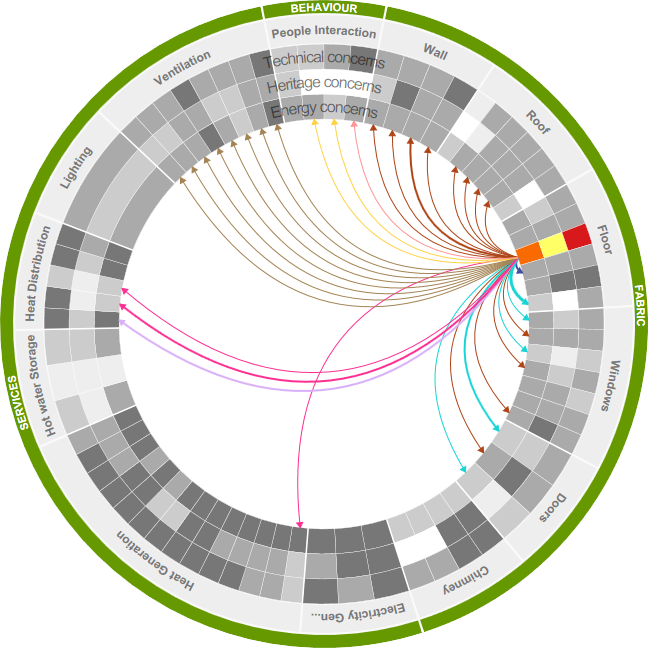Reference: A review of bottom-up building stock models for energy consumption in the residential sector (2010) Kavgic, M., Mavrogianni, A., Mumovic, D., Summerfield, A., Stevanovic, Z. and Djurovic-Petrovic, M.
Original document location: Click here
Abstract or summary
Efficient and rational implementation of building stock CO2 emission reduction strategies and policies requires the application of comprehensive building stock models that have the ability to: (a) estimate the baseline energy demand of the existing building stock, (b) explore the technical and economic effects of different CO2 emission reduction strategies over time, including the impact of new technologies, and (c) to identify the effect of emission reduction strategies on indoor environmental quality.The aims of this paper are fourfold: (a) to briefly describe bottom-up and top-down methods and overview common bottom-up modelling techniques (statistical and building physics based), (b) to critically analyse the existing bottom-up building physics based residential energy models focusing on their purposes, strengths, and shortcomings, (c) to compare five building physics based bottom-up models focusing on the same building stock - UK case study, and (d) to identify the next generation of coupled energy-health bottom-up building stock models.This paper has identified three major issues which need to be addressed: a) the lack of publicly available detailed data relating to inputs and assumptions, as well as underlying algorithms, renders any attempt to reproduce their outcomes problematic, b) lack of data on the relative importance of input parameter variations on the predicted demand outputs, and c) uncertainty as to the socio-technical drivers of energy consumption - how people use energy and how they react to changes in their home as a result of energy conservation measures.

